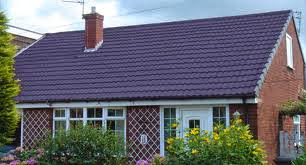Heat Reflective Paints work by reflecting the suns energy,
keeping the roof surface cool. Unlike traditional insulation that is used
inside, that attempt to hold out the heat from the already super heated roof
surface.
It is known that Heat Reflective Paints consist of Titainium
Dioxide and co-polymer compounds containing naturally occurring Cio2 high
opacity pigments that reflect radiant heat.
All of these products available are user friendly water based acrylics.
There is a full range of big brand Heat Reflective Coloured Paints available on line at CoolPaints.com.au.
Not all these products are the same, nor are they manufactured in the
same place or by the same company. Heat Reflective Coatings (Aust) Pty Ltd has
researched the market carefully and chosen what are believed to be the three
best Australian products. Each manufacturer has a small colour range, and
combined we bring you a total of 60 colour choices available here on line at
Cool Paints.
Each manufacturer has developed a unique method of providing
solar reflectivity for both residential and commercial roofing. The methods are
predominantly different between them, and the details of ingredients are all
classified trade secrets. So when
choosing a heat reflective paint supplier, research the supplier claims and their
history; most importantly the warranty. It helps especially when you are
looking for a energy efficient builders. All products at Cool Paints have a
minimum 10 year warrantee, and guarantee up to 80% of reflectivity and gloss
after 10 years! You can read detailed descriptions of the manufacturers and
their products when you obtain a quote online, or let us help on your eco
building.










